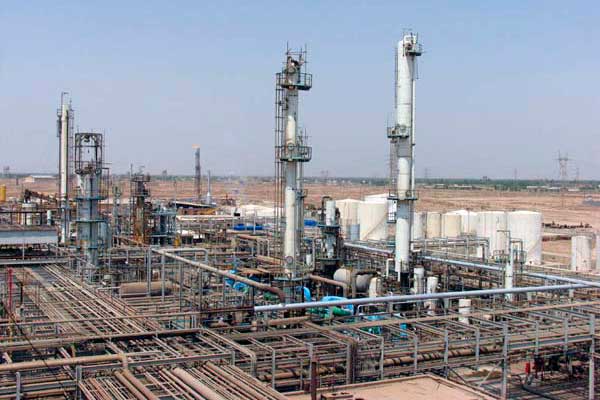

Located in the Khuzestan province, the Abadan petrochemicals plant is situated close to the Abadan refinery, which supplies it with gas feedstock
The Abadan petrochemicals complex in Iran produces 110,000 tonnes a year (t/y) of polyvinyl chloride (PVC) of differing grades, as well as 30,000 t/y of caustic soda and 10,000 t/y of dodecyl benzene (DDB). Abadan Petrochemical Company (APC) was the first to produce PVC in the country and since 2005 has operated two PVC plants of 59,800 t/y each.
Construction on the complex began in 1966, led by the US Lummus. Production began in 1969. The facilitys original capacity was 20,000 t/y of PVC, 10,000 t/y of DDB and 24,000 t/y of caustic soda. Capacity was expanded in 1975 to 60,000 t/y of PVC, although actual production was about 30,000 t/y.
The Abadan facility was forced to shut down in 1980 due to the Iran-Iraq war, and was heavily damaged during the conflict. It was substantially rebuilt after the war.
Reconstruction began in 1988 and was completed in 1993. Production restarted at 59,400 t/y of PVC. The chlorine plant had to be completely rebuilt, as a combination of heavy damage and corrosion meant it was beyond repair.
In 1996, the complex was privatised and was listed on the Tehran Stock Exchange.
Production at the complex has increased considerably in recent years.
You might also like...

Roshn and Dar Al Arkan sign Sedra deal
16 April 2024

Summit opens with promise to keep Cop28 commitment
16 April 2024

PDO gets first Omani managing director
16 April 2024

Local contractor wins Dubai tunnel project
16 April 2024
A MEED Subscription...
Subscribe or upgrade your current MEED.com package to support your strategic planning with the MENA region’s best source of business information. Proceed to our online shop below to find out more about the features in each package.




